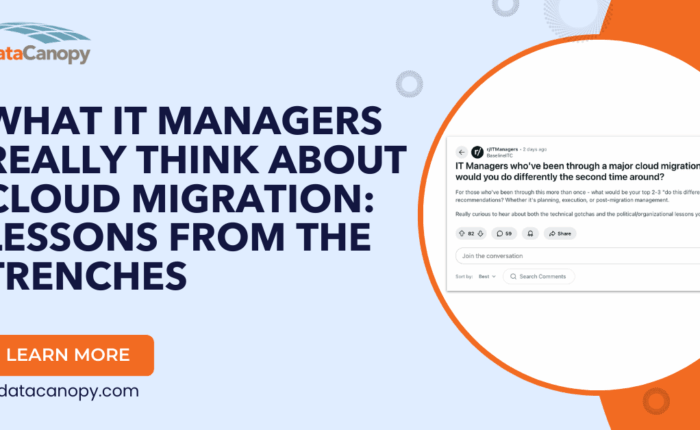
Did you know? It’s estimated that upwards of 93% of organizations who lose servers for 10 days or more during a disaster filed for bankruptcy within the next 12 months, that 43% of them never reopen, and that 51% close within two years?
For the small to medium-sized businesses, a day to a week of downtime could be a death sentence for your business. And as for larger companies, a day to a week of downtime can result in millions of dollars lost due to missed work – and that doesn’t include the possible legal repercussions of a data breach.
With these staggering factors in mind, it’s essential for any size business to ensure they have a comprehensive disaster recovery plan in place to prevent any damage to their business. Disasters do not come with a schedule and the unpredictability of such events have put an emphasis on how fast the company can recover from the disruption.
Now is the time to prepare your business to be able to put a plan in place that will ensure your business is not another statistic.
We have broken down our 5 steps to ensure your data recovery plan will work.
Step 1: Know the Backup Infrastructure
Before you get started on your data recovery plan, evaluating the current backup infrastructure first can help greatly. This could include your systems’ backup servers, backup media, and system storage components.
The objective of this assessment should be to consider how effective the existing infrastructure is in recovering affected data amid a network security breakdown or other disaster. Secondly, there also needs to be a focus on identifying critical data from non-critical ones and the storage capacity of the components. This will help determine the extent to which critical data can be backed up using existing storage capacity.
Step 2: Conduct Capacity Planning
The goal in this step is to understand the gap between the existing and expected storage requirements and anticipate how storage requirements will grow over the next 6 to 12 months. It will also help to know how the business seeks to scale its existing backup infrastructure to meet this growth and how many different types and number of backup clients will it involve.
Step 3: Evaluate User Policies and Procedures
In this step, the company’s policies, requirements, and procedures need to be reviewed to decide best practices. This evaluation includes deciding on the optimal backup schedule so that all data is backed up automatically and in a timely manner to keep your business online and accessible as quickly as needed to reduce the impact of downtime. This could vary from organization to organization; however, it will essentially depend on the nature of data that requires back up. For example, some companies may require a daily backup of their CRM especially if it is being updated regularly; others, however, may only need a weekly or monthly backup.
Step 4: Identify Resource Needs
Step 4 is the most crucial piece to your data recovery plan. Issues relating to financial constraints, organization infrastructure constraints, and personnel constraints need to be taken into account. For example, in the case of personnel constraints, a CIO needs to ask whether their number of employees is sufficient to perform a backup recovery operation and whether they have the required skill set to perform such an important task.
More importantly, infrastructure constraints could involve adding more data center resources or a backup recovery system to store files and other data.
Step 5: Test Your Backup and Recovery Plan
As you arrive to step 5, you will have made the necessary actions to have a backup and recovery plan and run simulations to ensure it works well, helping you to be prepared in the wake of a real security breach or a disaster.
To test your backup recovery plan, it is important that backups on all critical data be performed and no areas or servers are excluded. Your staff members also need to be trained on how to shut down the applications and load them upon restarting.
Furthermore, the backup recovery plan should also be timed to assess the speed at which it can backup and store critical data. Knowing how responsive your backup process is can be critical in an emergency scenario.
Data Canopy can help you develop the plan that keeps your business running when disaster strikes. We will work with you to ensure your mission critical data is secure and available in the event of an emergency with a comprehensive disaster recovery plan and solution designed for your business. Data Canopy offers geographical redundancy from data centers nationwide, full encryption and corruption detection capabilities, and virtual server backups for seamless fail over in the event of an outage.



